Can a browser transform into a phone? Firefox maker Mozilla certainly hopes so, but skepticism among analysts has been the backdrop to Mozilla’s claims of growing customer interest in its small, plasticky, and brightly colored Firefox phones.
Those phones have seen rapid expansion of availability in their first month on the market, from initial sales only in Spain, to now include Venezuela, Colombia, Poland, and soon eBay customers in the U.S. and the U.K.
Related stories:
- DuckDuckGo, Mozilla, Brave Urge Congress to Vote on Tech Antitrust Legislation
- Browser-Based VPNs: 3 to Try if You Want to Improve Online Privacy
- How to Open MBOX Files on MacOS or Windows
- Best Password Manager to Use for 2022
- Change These Browser Settings Right Now to Boost Your Privacy
The Firefox OS phones serve two purposes, according to Gartner analyst Carolina Milanesi. She said that the development of Firefox OS is about Mozilla “getting into the mobile space, and carriers being less dependent on Android” for low-cost phones.
The carrier-free ZTE Open phone will be sold, including shipping, for $79.99 in the U.S. and 59.99 pounds in the U.K. In the three other countries, the phones are tied to carriers — so far, that’s meant only Telefonica and Deutsche Telekom, although both have presences in multiple European countries, and phone service provider Telenor is expected to join them.
Christian Heilmann, Mozilla’s principal developer evangelist, told CNET that the phones have been well-received so far. “Feedback is quite positive,” he said, adding that most people are saying that they’re using the Firefox phone as “either a beginner phone, or a smartphone that’s replacing a feature phone.”
And Li Gong, Mozilla’s senior vice president for mobile devices and the company’s president of Asia operations, said that “one Chinese guy in Spain wanted to buy 100 phones to take back to Hong Kong.”
Mozilla is betting on attracting users based in part on the phone’s low prices, comparable to those of a feature phone, while telling developers that building apps will be like building a Web site because the operating system embraces HTML5 and CSS3.
“Writing a Firefox OS app is never a wasted effort. You can easily make a HTML5 app to iOS, but not the other way around,” Heilmann noted.
Firefox OS makes its debut (pictures)
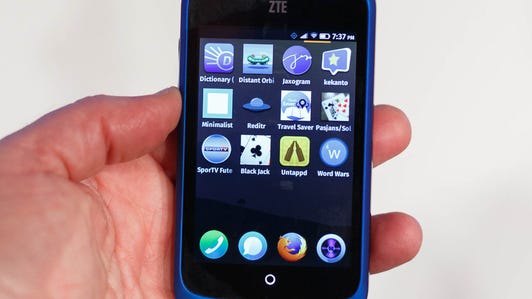

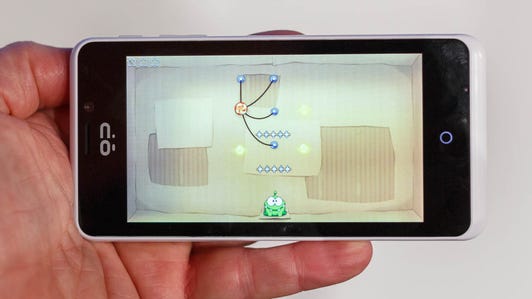

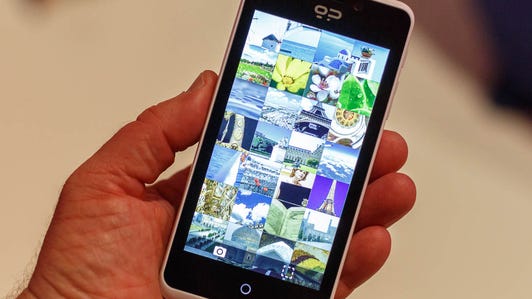

Some other selling points for the phones include the ability for in-app purchases to be charged to the carrier, precluding the need for credit cards, and the phones come with features that remain important in developing markets, such as FM band radios built in.
Hanging success on those factors is not a sure thing, however.
Jan Dawson, the chief telecoms analyst at Ovum, said that Mozilla’s inability to get a U.S. or U.K. carrier to offer the phone reflects the inherent weakness in the strategy.
“It’s not clear to me really what Firefox OS offers that the mass-market consumer can’t get from somewhere else, and for better from somewhere else,” he added.
Milanesi agreed that carrier reliance could backfire for Mozilla. “I see them depending a lot on the carrier branding, marketing, and push. They’re going to go as far as the carriers want them to go,” she said. “I don’t see them being able to create demand from high loyalty.”
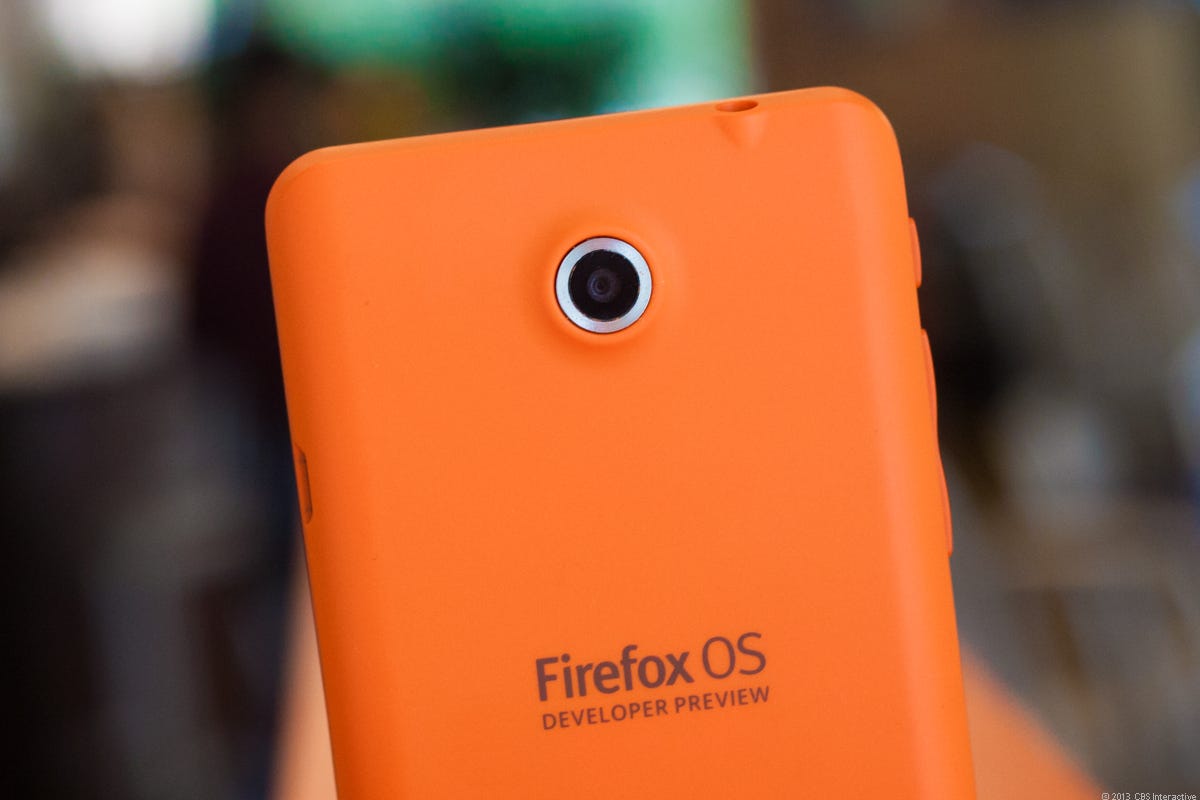

James Martin/CNET
The linchpin to Mozilla’s mobile plan is coming up later this year. Firefox phones are expected to launch in Brazil in the fourth quarter with Telefonica Brasil. Milanesi described the Brazilian market as “very demanding,” in part because of the country’s high import tariffs.
“Given that Alcatel has a presence there, this will be a big advantage to them,” she said. Alcatel makes the Firefox OS phone One Touch.
“I think Brazil is going to be a massive breakthrough,” said Heilmann. “We did a lot of [user experience] research finding out what people need, things like the FM radio in the phone. The community there is really, really excited.”
It’s hard to predict what a market that has a low smartphone saturation will do once affordable smartphones are available. Dawson said that he’s basing much of his skepticism on the past being prelude.
“One of the fundamental challenges is whether you can monetize the Firefox OS apps,” he said, and added that even with the market dominance of Android, people still spend more money on iOS apps. The big question, he said, is how Mozilla will convince people to buy apps.
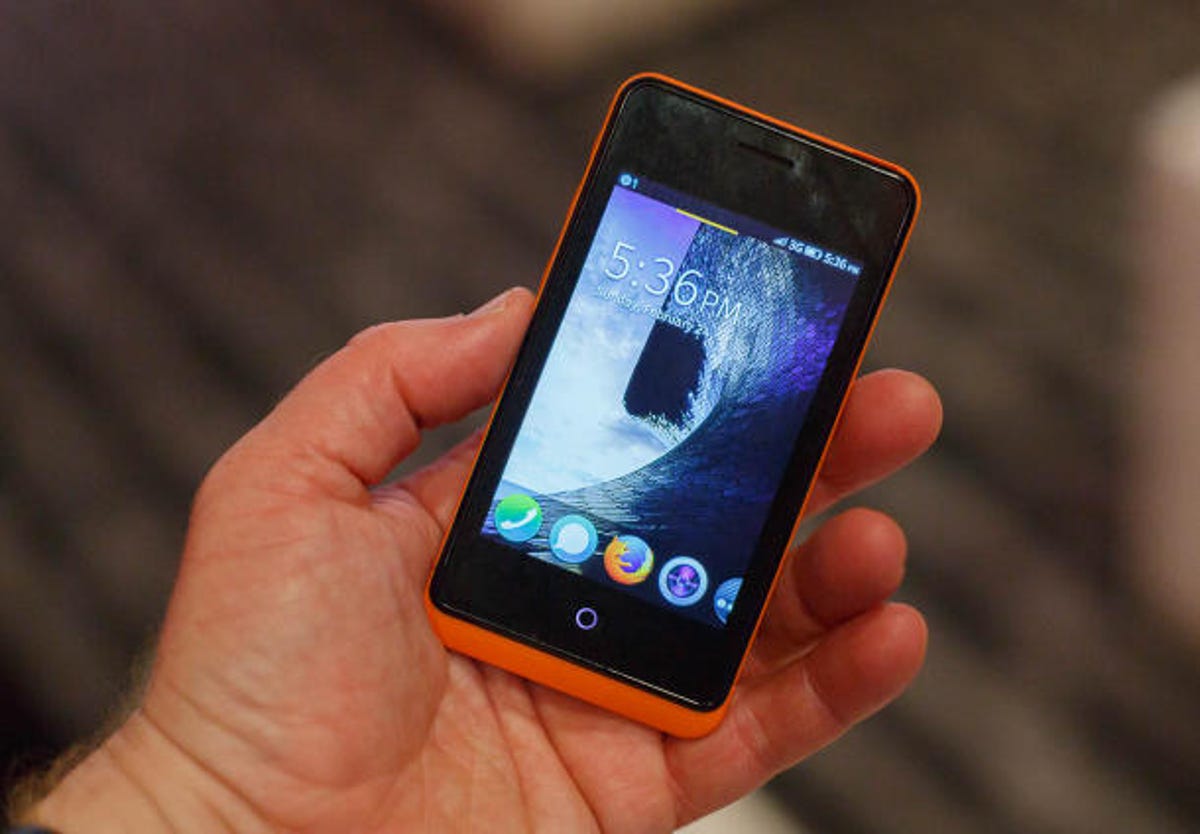

Stephen Shankland/CNET
“I think [Firefox OS] is a good idea,” said Milanesi. “If they did it when Android had 40 percent of the market, possibly they’d succeed. But with Android devices coming from Chinese players at $80 to $90, it’s a much more difficult play.”
Other countries that will soon see Firefox OS phones include Germany, Greece, and Hungary. Beyond 2013, Mozilla will take a stab at some higher-end hardware in Japan with Sony, while it continues to push Firefox phones into newer low-cost markets like China and southeast Asia.
But even there the phones will face difficulties, said Mozilla’s Li. “We consider this a low-cost phone, but in some markets it’s not low-cost enough.” China, Li said, will require a different strategy, along with different hardware: most phones sold there are not supported by the carriers, and China is a CDMA-band only country, not GSM or dual-band.
Perhaps the biggest hill the Firefox phone must climb in order to thrive is one of perception. It doesn’t have the backing of the billions of dollars needed to compete with Android and iOS, as Windows Phone does, and it’s not clear yet that Web developers will migrate to HTML5 apps as willingly as Mozilla claims they will.
Major redesigns for Firefox on desktops and on Android have paid off for Mozilla in the past. Mobile phones, though, could be the snare that catches the ‘fox.
Updated at 5:15 p.m. on August 19: to include Poland and Deutsche Telekom in the list of countries and providers that offer Firefox OS phones, and to add Germany, Greece, Hungary, and Telenor to the list of countries and providers that are expected to soon have Firefox OS phones.



